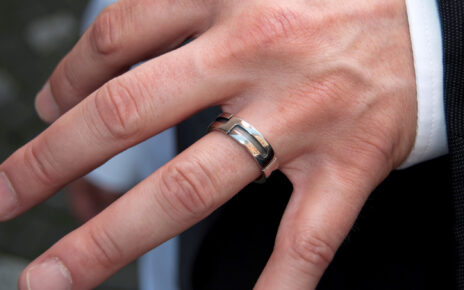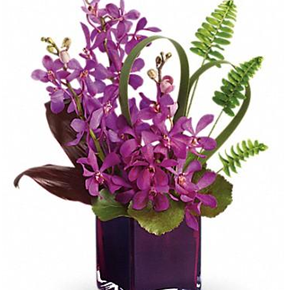When catering for a matrimonial event, the experience goes beyond food to make it one of the most memorable catered events for a couple on their joyous day. Wedding catering guide – how to plan and curate a memorable wedding experience from menu selection, service style to presentation.
Understanding the Importance of Catering at a Wedding
A special highlight of any wedding is the food or the meal and catering matrimono services are the best way to get it right. Showered with the newlyweds’ love, food at the wedding is often savoured by the guests. The moment it relieves them from filling their stomach from what they ate the night before is definitely one of the most exciting the wedding presents. In order to achieve this, a good catering plan must be in line for the wedding to be a success.
The plan should reflect the couples’ taste, culture, as well as what would make the celebration perfect. It is also a show of respect and hospitality for the invited guests.
Determining the Style of Service
Choosing the right style of service will lay the foundations of the atmosphere of your wedding reception. The key styles are:
Plated service: each guest is served a set, multi-course meal that may or may not be pre-plated, depending on the style of the service. This is a more formal style that allows for better control of food portions and presentation, but it is also more time-consuming than any of the other options. Plated service works best with a traditional or formal wedding.
Buffet: People help themselves from tables of dishes enjoyed by the guests. This creates a feeling of interaction and the guests can enjoy a wider selection. The buffet is suitable for a more relaxed wedding atmosphere.
Family Style: food is placed on the table, and guests serve themselves. This creates a homelike, family atmosphere, in which intimacy between guests is encouraged and conversation easily flows.
Cocktail Reception Meals: Appetisers are often passed or left out in stations, with either alcoholic and nonalcoholic drinks served at the bar or by servers. This is a more informal style and guests flow about as they please.
Creating a Memorable Menu
The menu needs to be adjusted for the tastes and dietary needs and preferences of the guests, not just those of the couple, and the following are tips for writing the menu.
Infuse Meaning: Add dishes with a couple-centered backstory, including foods from their cultures and meals they enjoyed together.
Seasonal and local: use seasonal ingredients whenever possible, and choose local suppliers to support their businesses.
Diversity of food: Ensure the menu has a diverse array of dishes to accommodate everyone, being mindful of vegetarians, vegans and those with allergies.
Presentation and Aesthetics
Presentation can be almost as important as taste – mouthwatering meals look great and can be a key part of your reception décor, too. Whether your chosen style is sleek modern chic, rustic or countryside charm, consider incorporating the following elements:
Serveware: Choose serveware that complements the overall wedding theme and color scheme.
Food Presenation: Garnish in a way that enhances the visual splendour of the plates without waste.
Interactive Stations: Live cooking stations are in (it adds something to watch your meat carved), while finger foods, for the ‘graze and go’ crowd, are out.
Logistics and Coordination
You need to coordinate the delivery of the meal effectively. You should think about:
Timing: The seating arrangements must be in sync with the rhythm of the wedding day. There shouldn’t be too much in-between time from when dessert is served to when the cake is cut.
Staffing: Is there a server for every guest, and sufficient servers for the service style (for example, is there a Venezuelan to Serve every one)? Are the staff professional and friendly. What does the total staff do to enhance or reduce the guest experience?
Setup and breakdown: Work out all the logistics for setting up and breaking down the catering station, especially if the venue is being used for something else during part or all of the event.
Tasting and Final Touches
Prior to the final menu, there should also be a tasting with the caterer, so that the bride and groom can taste all the dishes, and tweak flavours or presentation; it’s a chance too to meet the people who will be there on the day – is the team professional and are they clear about the feel of the day and the brief?
It isn’t just the food, it’s the amnbience
Wedding catering isn’t about people just being fed; it’s a critical part of the wedding that helps to create the ambience and leaves an impression upon guests that lingers long after the toast. By carefully picking a service style that’s suitable to the event, thoughtfully crafting a menu that complements the vibe and tying in small details about how the food will be presented and even how guests will receive it, couples can ensure that their wedding catering sets the table for the rest of the wedding.
The key here is to plan all the details of your wedding catering so that it seamlessly flows with the rest of the evening and it helps to create the flavour of the event.




